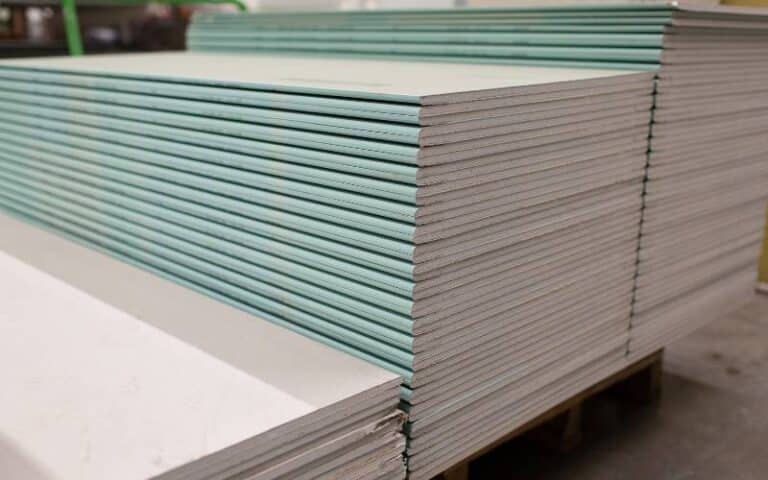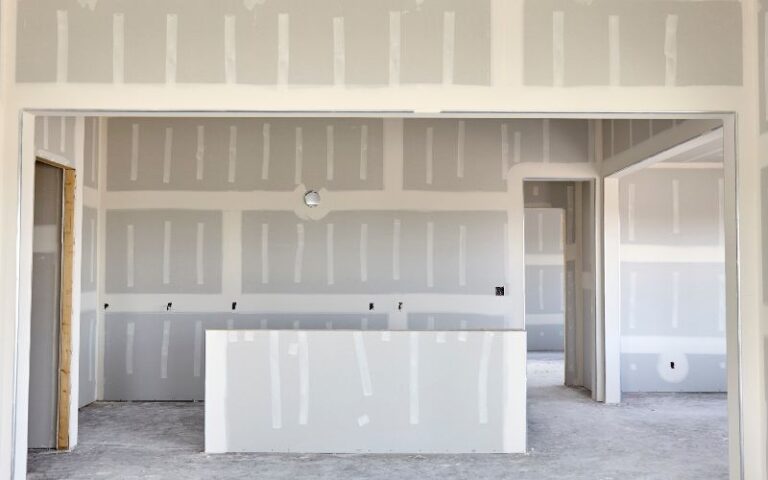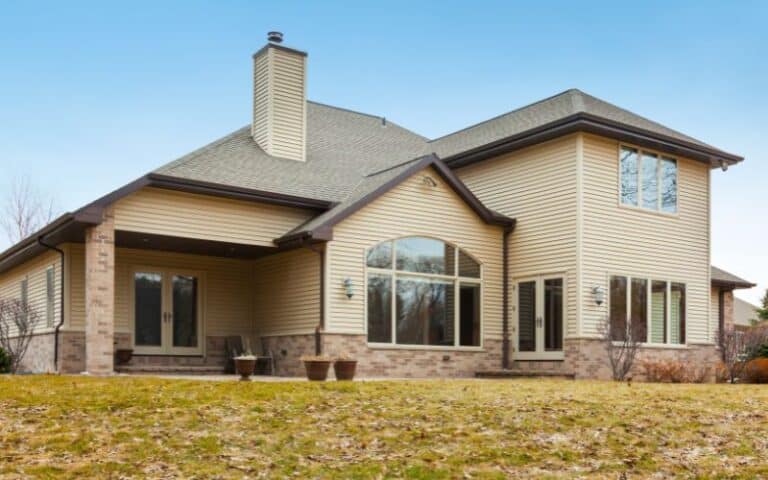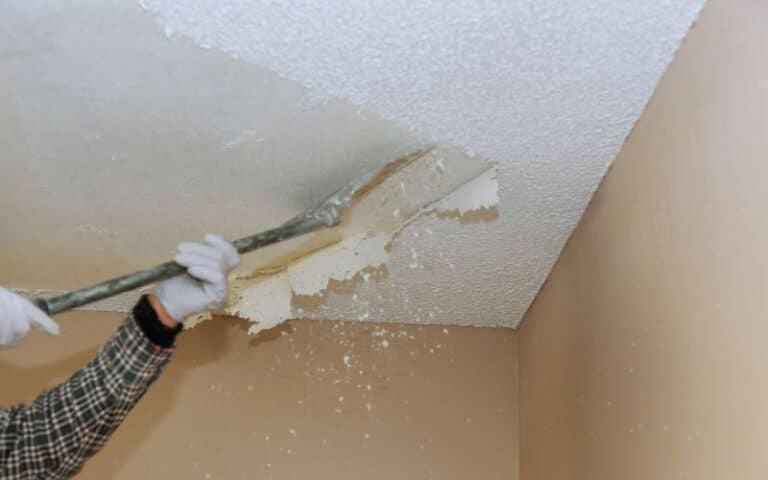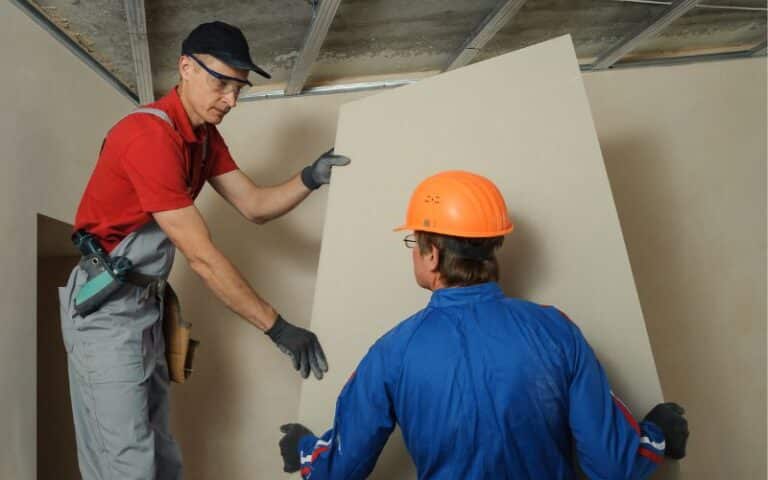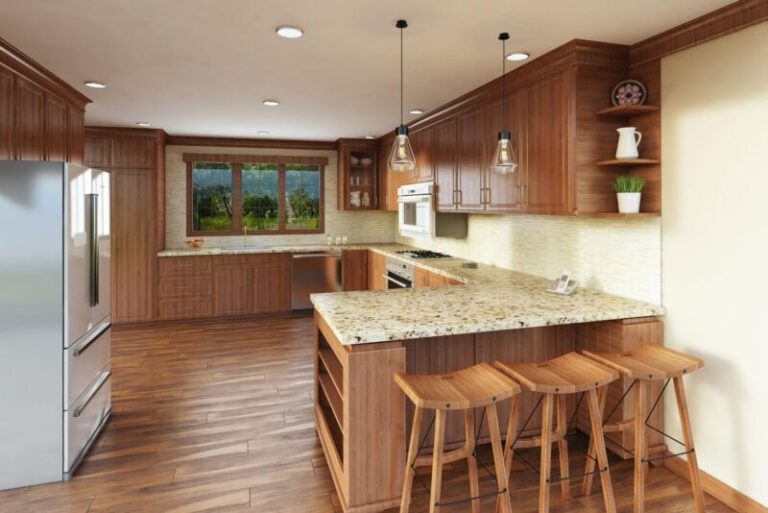Installing drywall can be a tasking effort because of the joints that need sealing. Therefore, you need to have proper knowledge of applying drywall before attempting installation.
Each of the drywall edges has its use. Incorrectly mounting these edges can lead to more strenuous work.
Fitting a tapered edge to a non-tapered edge isn’t advisable as it would create an unconventional joint. You can only install drywall having tapered joints and butt joints. Tapered joints are where two tapered edges join together, while butt joints are where two non-tapered edges meet.
This article highlights the differences between drywall edges and where to install them. Reading on, you’ll also learn how to taper drywall edges and when to taper them.
Furthermore, you’ll understand why people prefer tapered drywall edges to non-tapered edges.
Ready for a Drywall Quiz?
Can You Fit Tapered Edge to Non-Tapered Edge Drywall?
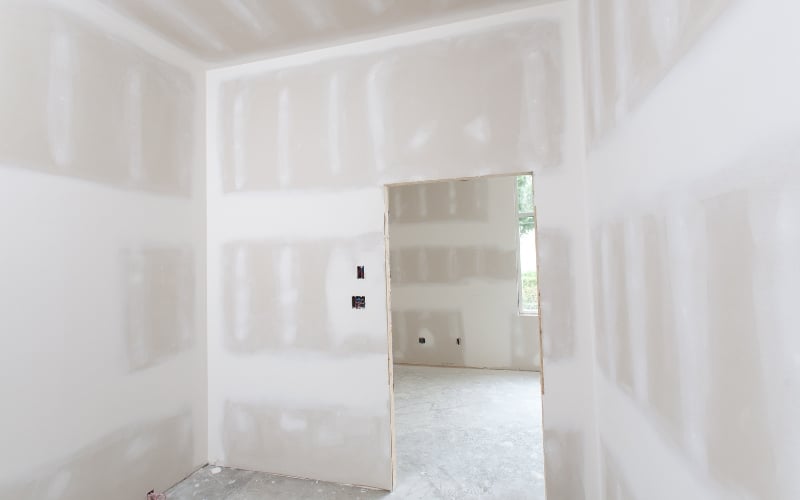
You can fit tapered edges to non-tapered edges; however, this installation creates unusual joints that might prove difficult to cover up.
You’ll need to thin the non-tapered end to make it even with the tapered end. Normally, joints are either tapered or non-tapered.
Tapered joints are when two tapered edges install next to each other. At the same time, non-tapered joints have two non-tapered edges meeting.
These two joints are the regular joints that appear during drywall installation. Covering up these two joints is easier, and the finished work looks better on the eyes.
Two tapered edges will create a valley at the joint. You can tape this joint and then use mud to fill up this valley easily.
The result produces a smooth area, and you won’t know there’s a joint. The joint remains hidden beneath the mud and tape.
The nature of the tapered edges allows the joint compound to fill up only the valley. As a result, the mud doesn’t move past the valley, making the work precise.
Non-tapered edges create a butt joint. This joint requires just a thin layer of mud applied; next, you plaster drywall tape on the mud.
Again, apply another mud layer on the tape and smoothen it. That’s how you cover up the butt and tapered joints.
A tapered edge and a non-tapered edge coming together create a strange joint. This joint will prove difficult to cover up.
When the cover-up job is messy, the mud can crack, and the joint becomes visible. Therefore, it’s wise to avoid installing drywall to create this unusual joint.
How to Taper Drywall Edges?
Tapered edges are easier to work with; that’s why drywall edges remain tapered. However, sometimes you have to cut a drywall piece.
After cutting, the edge becomes non-tapered, and you will have to taper it.
The following are the materials and tools needed for tapering work.
- Paper tape
- Mud (Drywall compound)
- Utility knife
- Sanding screen for drywall
- Sander for drywall and pole.
- Drywall knife (12-inch)
- Face mask
The following steps will guide you on tapering drywall edges.
#1. Eliminate Stray Paper
When non-tapered edges join together, the paper will likely wrinkle and buckle, forming an unappealing ridge.
By peeling almost 1/8-inch of the drywall paper, you stop the two non-tapered edges from forming the ridge. Next, use a utility knife to run down the butt edge’s length at a 45° angle.
This action will peel off any stray drywall paper.
#2. Apply Tape
Slice off the precise drywall tape length using the utility blade. Next, plaster a thin sheet of mud on the seam.
Then, quickly stick the tape on the seam and push it into the mud, so it adheres. Flatten any bubbles or creases that appear beneath the tape.
Then, press the tape into the mud using the knife till the tape is flat and completely buried inside the mud. Do this carefully, so you don’t press out all the mud under the tape.
#3. Allow it to dry
You need to allow the tape dry and adhere to the joint before proceeding. Otherwise, the tape won’t remain in place and mess up the work.
#4. Plaster Mud
When the mud dries, and the tape properly sticks, you can plaster mud on the tape using the six-inch knife. The mud should stay under 1 or 2 inches after the tape.
Ensure the mud is flat and without bubbles and rises. Scuff off any excess mud beyond the joint.
#5. Sand the Spot
You must sand the location to eliminate any bumps and rises that appeared earlier but were left to dry. Don’t sand the entire area; locate the bumps and carefully sand them down.
Unnecessary sanding will wear off the paper casing off the drywall. Make sure you wear a mask while you do so to prevent inhalation of the dust particles.
#6. Plaster More Mud
Use the twelve-inch blade to plaster more mud on the seam. Apply it beyond the first plastering. Spread the mud with the blade to join the adjacent drywall seam.
#7. Sand the Joint
After the mud dries, wear a face mask and sand down the joint. The aim isn’t to make the joint flat; a little ridge will always conceal the tape.
The sanding aims to form an even transition from the joint to the panel on either side.
Tips to follow when tapering drywall
- Use as little mud as you can. The more mud you apply, the more you have to graze off.
- Utilize dust-control mud for a tidier worksite.
- Move the mud into a mud pot. The pot’s design allows the use of a drywall blade.
Should You Taper Drywall Edges Before Installing?
You need to install drywall before tapering. Tapering the drywall panels allow for a cleaner and smoother finish at the joints.
This finish is only possible after you’ve installed the drywall and applied the mud before grazing it.
If you taper the drywall before installing, you might mess up the edges and damage the drywall panel.
You need to install the panels before you can properly graze off the mud to taper the edge. Also, you can buy tapered drywall edges for installation.
This way, you won’t need to taper edges during installation.
Are Tapered Drywall Edges Better Than Non-Tapered Edges?
The tapered edges and non-tapered edges serve their functions; one isn’t necessarily better than another. Application is the determinant when choosing a drywall edge.
The table below highlights the pros and cons of tapered drywall edges.
| Pros of Tapered Edges | Cons of Tapered Edges |
|---|---|
| Great for wall construction. | Doesn’t fit wall corners. |
| Finishing tapered joints is neater. | Not fit for ceilings |
| You can decorate once installed using wallpaper, plaster, and paint. | Needs in-between panel fillers before decoration. |
The table below highlights the pros and cons of non-tapered drywall edges.
| Pros of Non-Tapered Edges | Cons of Non-Tapered Edges |
|---|---|
| Excellent for ceiling construction. | Needs skimming. |
| Less expensive than tapered edges. | Joints may be visible after completing installation. |
| Novices can install tapered edges. |
From the tables above, you can see that each edge has its purpose. For example, tapered drywall is particularly for wall installation, while non-tapered is for ceiling installation.
For tapered edges, the thin edges join and produce a valley that one can fill with mud.
The mud enhances the drywall’s thickness at the joint, leaving a flat surface that doesn’t need skimming.
Another advantage the ‘valley’ offers is that it facilitates using fiberglass mesh or other tougher tapes.
You can utilize these tapes to seal the joint. The opportunity to use stronger tapes makes the valley beneficial to applications that need extra strength.
Such installations include mounting drywall in the bathroom or kitchen. Unfortunately, because of its thickness, you can’t use fiberglass mesh with non-tapered drywall.
Using these tapes on non-tapered edges will produce bulges. Ultimately, most people prefer tapered edges since wall installation is more common.
However, choosing a drywall edge falls to preference and application.

